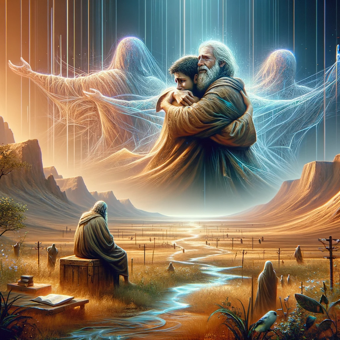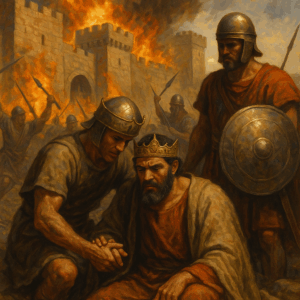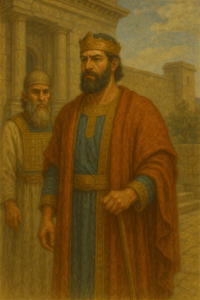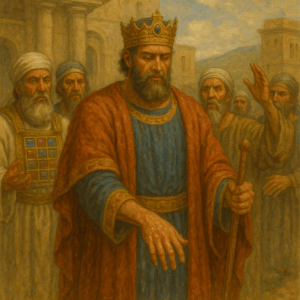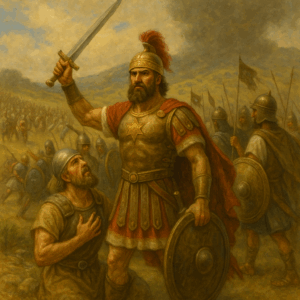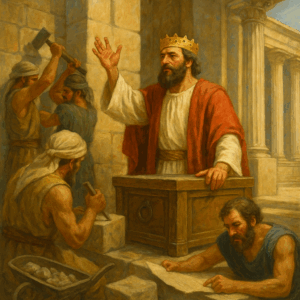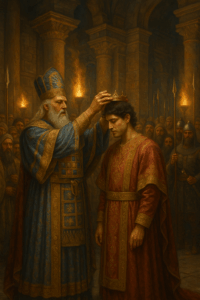Genesis 33 stands out as a testament to the power of reconciliation and the importance of mending broken relationships. As Jacob and Esau reunite, the chapter offers a beacon of hope, highlighting the possibility of bridging divides even in our modern era marked by divisions and misunderstandings.
After years of estrangement stemming from deceit and mistrust, Jacob and Esau come face to face. Bracing for conflict, Jacob is instead met with an embrace from Esau. This profound moment of reconciliation amidst longstanding animosity teaches us about the depth of human connection and the possibilities of renewed relationships.
1. The Courage to Face the Past
Jacob’s approach to Esau was fraught with anxiety, yet he chose to face his past actions head-on. In a world where it’s often easier to ignore past wrongs or bury unresolved issues, facing them directly, however daunting, is the first step toward healing.
Modern Application: Reflect on past actions or decisions that might have strained relationships in your life. Seek opportunities for dialogue and understanding, even if it seems challenging. Facing the past is essential for moving forward.
2. The Power of Genuine Repentance
Jacob’s gestures—sending gifts ahead and bowing seven times—symbolized his genuine remorse. In our times, where apologies can sometimes feel superficial, a sincere acknowledgment of wrongdoing is crucial for genuine reconciliation.
Modern Application: When apologizing, ensure it stems from a place of genuine understanding and remorse. An authentic apology can pave the way for rebuilding trust and understanding in fractured relationships.
3. Choosing Connection Over Conflict
Esau’s embrace of Jacob is a powerful symbol of choosing connection over conflict. In our polarized society, where disagreements can quickly escalate into conflicts, Esau’s act serves as a reminder of the power of human connection and the importance of seeking common ground.
Modern Application: In times of disagreement, strive to see the human behind the opposing viewpoint. Recognize shared experiences, hopes, and fears. Prioritize understanding and connection over proving a point.
Conclusion
Genesis 33, with its timeless narrative, speaks volumes about the human capacity for reconciliation and understanding. In an age marked by divisions, let’s draw inspiration from Jacob and Esau’s reunion, reminding ourselves that it’s never too late to bridge divides and seek a harmonious path forward.
